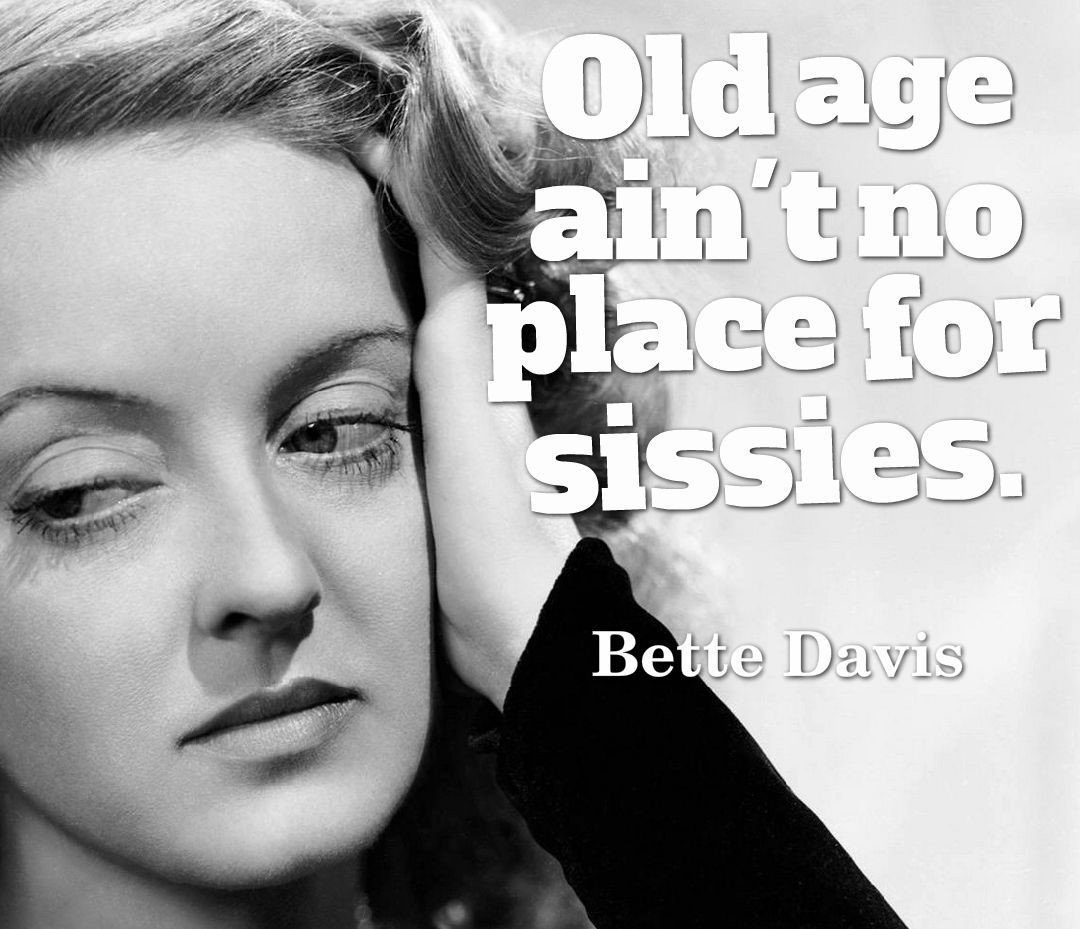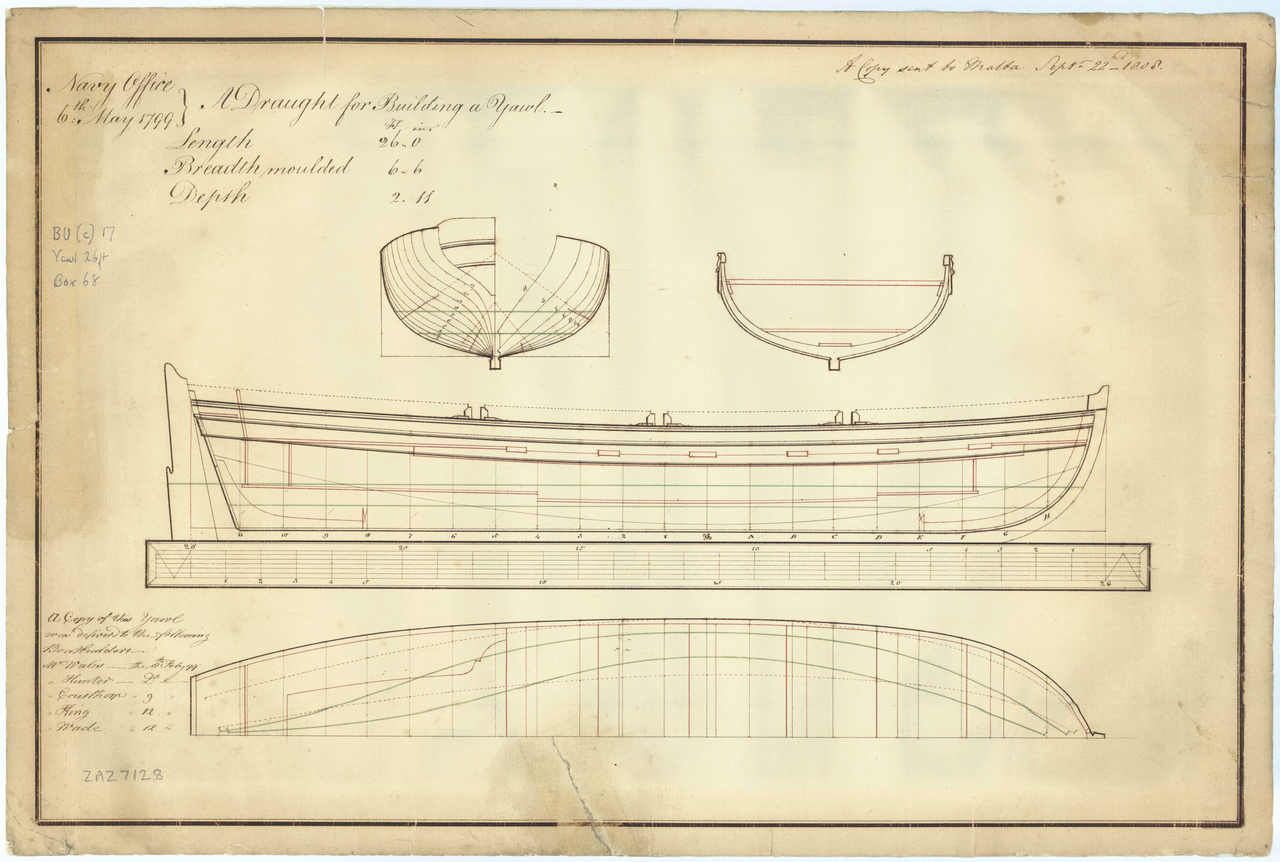-
Posts
8,149 -
Joined
-
Last visited
Content Type
Profiles
Forums
Gallery
Events
Everything posted by allanyed
-

For the Beginner Modeler
allanyed replied to kgstakes's topic in Modeling tools and Workshop Equipment
This is a no brainer. As there was no commonly available electricity, thus no electric power tools before the late 19th century, the beautiful models we see from the 17th and 18th century were done without electrically operated tools. Team efforts or not, they produced better models than most of us will ever build. Allan -
Thanks to everyone. Bob, I watched the video and will likely give it a try very soon. Seeing the SC Johnson paste wax did bring back terrible memories from 1965 though. As plebes at Kings Point we had to wax our dorm room floors with this stuff and buff it with ten pound hand buffers. And heaven help the idiot that walked on your floor without great care before inspection by the upper classmen! Allan
-
Hi Evan, Beautiful work!! Do you or does anyone here know if there were actual boats at that time with the single strake of planking inboard at the top of the frames and a cap rail? I have searched high and low and no contemporary drawing shows this design. Below are a number of cross sections from RMG and there are gunwales which would give proper support to the tholes on every design rather than the plank and cap rail that the kit includes instead. Again, your model is really well done!!! Allan
-
It appears from the photos you are attempting edge bend planks right on the model which typically does not work. Have you studied the following on two popular planking techniques that eliminate the lifting of the planks that you are experiencing? https://thenrg.org/resources/Documents/articles/APrimerOnPlanking.pdf https://www.youtube.com/watch?v=KCWooJ1o3cM Allan
-
Hi Kenny Yes, I sort of thought that might be kit string rather than miniature rope. I am not sure any kits include rope rather than thread or string. Sorry if this is confusing to you or any of your build followers but the pic might help to see what I mean. There are several suppliers of high quality rope, the below happens to be from Syren. Allan
- 50 replies
-
- 18th century longboat
- model shipways
-
(and 1 more)
Tagged with:
-
VERY NICE work. One of the things that jumped out to me is that the gudgeons and pintles look to be right at scale. A lot of models that we see here are totally out of scale but yours look spot on. Is the thread that you used from the kit? For the future there is some fabulous miniature rope available in many circumferences and Syren makes a great inexpensive rope walk if you ever want to make your own rope so you don't have to use thread. Allan
- 50 replies
-
- 18th century longboat
- model shipways
-
(and 1 more)
Tagged with:
-
Can you please post this in the MSW designated language, English? MANY THANKS Allan
- 158 replies
-
- San Felipe
- Panart
-
(and 1 more)
Tagged with:
-
Not to go off track on your model, but I hope you know how fortunate you are. If you are ever in SW Florida, give a ring, we have over 200 courses within our two local counties including my home course Panther Run. Lots of water and alligators to keep you entertained like this one on the 4th green. To get back on track, hope to see more pics on your model as you progress. Allan
- 33 replies
-
- Victory
- DeAgostini
-
(and 1 more)
Tagged with:
-
I love the gratings which look very realistic and that the copper bottom plates do not have the rivet-like protrusions as seen on so many models. Nice work! For the future, maybe try brass belaying pins if you cannot make wooden ones to scale. Yours look well shaped but pretty fat. These are not the easiest things to make, but it can be done😀 Allan
-
I thought I was the only one crazy enough to choose Victory for a first model, albeit 43 years ago. Nice work so far. With all the golf courses in your country I am not so sure I would ever have time to finish such a project. Allan
- 33 replies
-
- Victory
- DeAgostini
-
(and 1 more)
Tagged with:
-
Totally agree with Phil that it is great. I did a little digging and plywood is an interesting thing. Aircraft ply has the most stringent criteria in manufacturing for plywoods. A description from Wicks Aircraft ---> it is made with thermosetting, synthetic resin type glues. Geniune aircraft plywood meets MIL-P-6070B which requires that the plywood be tested for general condition of boards, deviations of thickness, moisture content, tensile strength of wood, gluing strength, bending test, torsion test, immersion test and boiling test. (The boiling test is three hours!) No voids (filled or otherwise) are permitted as is allowed in cabinet grade that is found in the big hardware/lumber stores. https://www.wicksaircraft.com/c/aircraft-plywood/ They have larger sheets and the prices looks competitive, especially for the thinnest stock. Allan
-
Hi Ross, I don't think you are misreading the plans, the plans look to be incorrect. There is a great description in your Lees book (congrats on getting a copy!!) on pages 2 to 4. Thanks for the compliment when you wrote You have forgotten more about ships than I will ever know, it was a very nice thing to say. Trust me Ross, I am no expert compared to many members here and I do forget things from terminology to methods all the time. I just have been fortunate to have accumulated a good library of books, plans, and contracts over the years and use them as references all the time. Regarding forgetting things, in general it's part of life and in the words of Bette Davis: 😀 Allan
-
Hi Ross, Live and learn, this is a new one for me. Which lines would have a block attached to the wooldings? I realize this may not apply to ships other than those of the RN, but based on James Lees', The Masting and Rigging English Ships of War, there were always wooden bands nailed to the mast on the top and bottom of rope wooldings so they could not slip on the mast. This makes sense for any nation. I cannot picture how a block can be rigged to these with them enclosed inside the wooden rings. Thanks Allan
-
Clever way to have the risers (thwart support strips) in the right location. This one I want to remember. Thanks for sharing. Allan
- 22 replies
-
- 24 ft Launch
- Vanguard Models
-
(and 1 more)
Tagged with:
-
Welcome to MSW. Allan
-
It sounds like you are speaking of washboards. Thole pins were common on long boats but the later boats SEEM to have the cutouts as Keith shows or the style as shown below. Note that in this particular plan there are six thwarts and three spots for the oars as is single banked. There has been some question as to whether the launch for Bounty was single banked or double banked. Allan
- 33 replies
-
- Bounty Jolly Boat
- Artesania Latina
-
(and 1 more)
Tagged with:
-
Welcome to MSW Carter!! Hope to see some of your work soon. Allan
-
Maybe I should start a new thread but this is in keeping with the overall subject. What did Spanish naval long gun carriages look like in 1620? I have done a couple hours of research and have found very little hard information. I am leaning towards truck carriages with two trucks even though a lot of modern models show four trucks. One source that is interesting is a video https://www.youtube.com/watch?v=loldlSJ4k_8 There are about 25 seconds of WWII film, then the good stuff. If anyone has any details they can share on the carriages for various size Spanish cannon in the early 17th century based on contemporary sources I would be grateful. Allan
-
Happy holidays Richard! If you use copper instead of brass, a little diluted liver of sulfur can be done off the model, or on, as it does not stain the wood and is instantaneous if the metal is clean. Biggest problem is that some do not bother to clean the metal first so there are problems. A little time in an acid bath followed by a water rinse, or even a soak in acetone to get off any oils from touching the parts works wonders. Allan
- 36 replies
-
- Shallop
- Pavel Nitikin
-
(and 1 more)
Tagged with:
-
Hi Kenny I just looked at over forty high res contemporary plans of all types of English boats and only three showed cross sections that showed the keelson and only one had the footwaling. The one with footwaling showed no spaces, just a line of where the outboard edges ended so it is anybody's guess what the space was. between each strake. The thickness and width of the keelson is found in scantlings and contracts but so far I have only found the thickness of the footwaling. Like many things on board, common sense probably comes into play. A gap small enough to prevent the rowers' feet from getting stuck between the footwaling would likely make the most sense. I think, an inch, maybe two would be ideal. Then again, maybe some member has information based on contemporary sources that give more details. I realize it is not a long boat, but I thought you might find the following transcription of a contract for a pinnace and a yawl interesting. Spelling is as on the original contract. Allan Contracted the 9th of 7ber [September ] 90 with the Honoble Tho[mas] Willshaw, Esqre one of the Principall Officers & Commrs of their Majties Navy, for and behalf of their Maties, by me Tho[mas] Oxford of Gosport Shipwright and I doe hereby oblige my self to deliver into their Majties Stores at Portsmouth, by ye end of 8ber [October] next ensueing the Pinnace and Yawle undermentioned of the Dimensions and Scantlings folling (viz) Long Broad Deep Pinnace of 30ft: ----- 6ft: ------ 2ft: 7ins ------- One Depth of the Keel: 5 ins breadth 4 ins, Scantlings of the timbers 1 ½ ins Roome and space 13 ins, depth of the Gunwales up & down 4½: ins in and out 2 ins & 1½ in, Scarph of ye Timber 18 ins, breadth of ye Stem thwartships 3½ ins fore and aft 7 ins, Stern post 3ins, Rising 4½ in, footwales broad 4½ ins and one inch thick, Keelson 8 ins X 1½ in thick, to be fitted with 12 Iron Knees 5 bound thwarts wth Iron Knees & two Transom Knees, with gang boards) and Scarr boards [Wash boards?], benches three lynings, Grounds & mouldings, plankshires turn[e]d off, back board one, bottome boards two, Keel band 22 ft Ring bolts two, Rother iron two paire, Rother one once primed at the Rate of fourteen shillings per foot. Yawle of Long Broad Deep ft ft 23 ft 5 7 ins 2 5 ins One Railes for the upper strake to be made out of ye whole wood up & down Gunwales stuck, 3 thaurts bound with Iron knees, & ye transoms with two Iron knees. The State Room (stern sheets, or officers’ seating area) stuck (presumably meaning ‘struck’) with an O:G. & plansheer for the Gunnwales with pannels on each side the back board, a locker under the after bench & lynings under the benches, keel thwart shipps 4 ins up and downe, 4 ½ ins X 4 ins Keelson 6 ins broad of 1 ½ ins planck timbers of 1 ½ ins with 13 ins roome and space and 18 ins Scarph, the flower [floor] timber heads to Naile to ye lower edge of ye binding strake, with bottom boards, & shear boards, Keelbands and Iron bolts and Rings for stem and stern, to row with six Oars to be graved and primed to the water line and paid with stuff in the inside to ye Riseing att 12s per foot
- 50 replies
-
- 18th century longboat
- model shipways
-
(and 1 more)
Tagged with:
About us
Modelshipworld - Advancing Ship Modeling through Research
SSL Secured
Your security is important for us so this Website is SSL-Secured
NRG Mailing Address
Nautical Research Guild
237 South Lincoln Street
Westmont IL, 60559-1917
Model Ship World ® and the MSW logo are Registered Trademarks, and belong to the Nautical Research Guild (United States Patent and Trademark Office: No. 6,929,264 & No. 6,929,274, registered Dec. 20, 2022)
Helpful Links
About the NRG
If you enjoy building ship models that are historically accurate as well as beautiful, then The Nautical Research Guild (NRG) is just right for you.
The Guild is a non-profit educational organization whose mission is to “Advance Ship Modeling Through Research”. We provide support to our members in their efforts to raise the quality of their model ships.
The Nautical Research Guild has published our world-renowned quarterly magazine, The Nautical Research Journal, since 1955. The pages of the Journal are full of articles by accomplished ship modelers who show you how they create those exquisite details on their models, and by maritime historians who show you the correct details to build. The Journal is available in both print and digital editions. Go to the NRG web site (www.thenrg.org) to download a complimentary digital copy of the Journal. The NRG also publishes plan sets, books and compilations of back issues of the Journal and the former Ships in Scale and Model Ship Builder magazines.








